Within the Oder Delta, which straddles the German-Polish border, river and riparian restoration efforts are respiration new life into a large watery ecosystem.
Florian Möllers / Rewilding Europe
In the direction of wilder waters
Artur Furdyna, a hydrobiologist, has spent the final 20 years bringing biodiversity again to the Oder River and its tributaries. He is aware of higher than most how well-functioning waterways are crucial to the general well being of the Oder Delta, which can be bisected by the German-Polish border, however is successfully a large interconnected mosaic of rivers, lakes, wetlands, heathlands, and riparian forests.
“From a human perspective, the delta has a Polish and German aspect, however from a pure perspective, it’s one watery ecosystem. Final 12 months, we centered our efforts on rewilding a tributary of the Oder River in Poland. To result in significant and optimistic change, we have to work on each side of the border, which is what the Rewilding Oder Delta staff are aiming to do in a coordinated method.”
“From a human perspective, the delta has a Polish and German aspect, however from a pure perspective, it’s one watery ecosystem.”
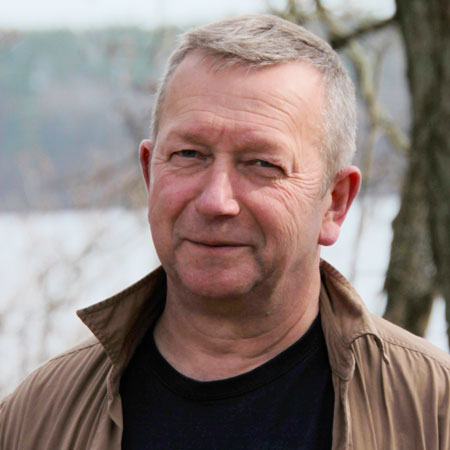
Artur Furdyna
Hydrobiologist at Rewilding Oder Delta
Revitalising waterscapes
Rivers harbour a number of the richest biodiversity on earth and supply an array of advantages to individuals. Wholesome, free-flowing rivers, that are well-connected with surrounding landscapes, provide a variety of habitats for wildlife species. Such “waterscapes” additionally assist to purify water and scale back the chance of downstream flooding in instances of heavy rainfall, and are extra resilient to the consequences of local weather change.
Within the Oder Delta rewilding panorama, which includes the centrally situated 70,000-hectare Stettin Lagoon, and 380,000 hectares of surrounding forest and open areas, many streams and rivers are in poor ecological situation. Riverbeds have been artificially straightened, deepened, and embanked in lots of locations, the free circulation of water has been restricted by obstacles akin to dams and weirs, and the areas surrounding rivers drained and reclaimed for human exercise, akin to agriculture and forestry. Channelising rivers will increase the velocity of water circulation, will increase erosion, reduces the quantity of sediment within the water, and reduces the variety of riverbed habitats, that are important for species akin to fish and aquatic invertebrates.
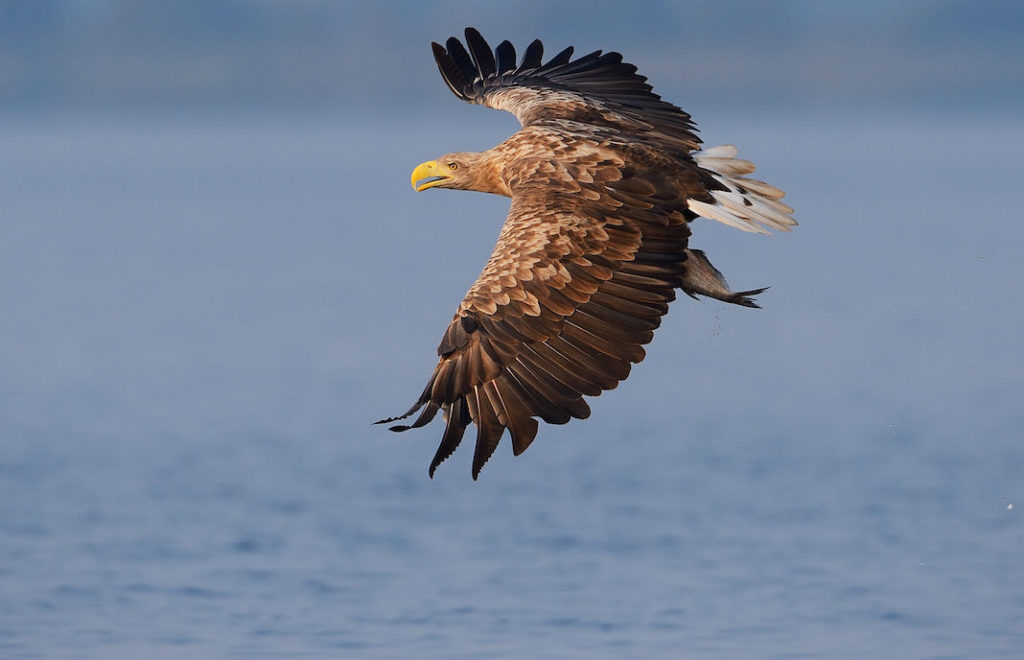
Staffan Widstrand/Rewilding Europe
Collaborative rewilding efforts
In collaboration with native companions – and complementing different rewilding efforts round forest restoration and wildlife comeback throughout the panorama – the Oder Delta rewilding staff are working to revive quite a lot of native waterways by way of a spread of measures.
These embody rewetting wetlands close to rivers to extend water storage, planting riparian bushes to supply shade and decrease water temperatures, eradicating obstacles to extend habitat connectivity, and supporting riverine species by restoring spawning grounds, which generally entails including stone and gravel in areas the place it ought to happen naturally.
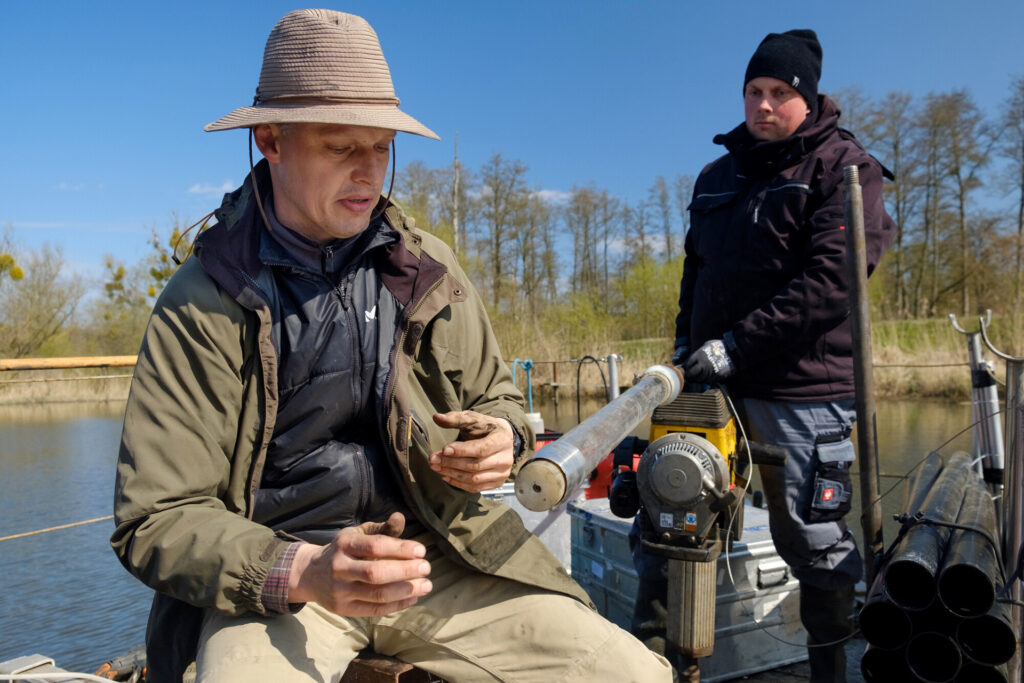
Agnieszka Sobon / Rewilding Oder Delta
The facility of prisms
Within the autumn of 2023, the rewilding staff carried out restoration work on a small stretch of the 126-kilometre-long Ina River, which flows into the Oder River and has a roughly 2000 square-kilometre catchment space. Along with native companions, and with using an excavator, the staff oversaw the development of raised stone and gravel options (referred to as “prisms”) on the riverbed at three websites, close to the Polish village of Strumiany. Laid down in a pure method, these prisms – and the sequences of rapids and swimming pools they create – are extraordinarily essential for the pure functioning of rivers.
“As a rewilding measure, the addition of stone and gravel helps to diversify and naturalise water circulation, thereby bettering the residing situations for aquatic animals and crops,” explains Artur Furdyna. “It additionally helps to stabilise water ranges. This, in flip, advantages individuals by enhancing water retention, rising the supply of unpolluted water and lowering the chance of floods and droughts, boosting the filtration of agricultural chemical substances, and mitigating local weather change by way of enhanced carbon storage.”
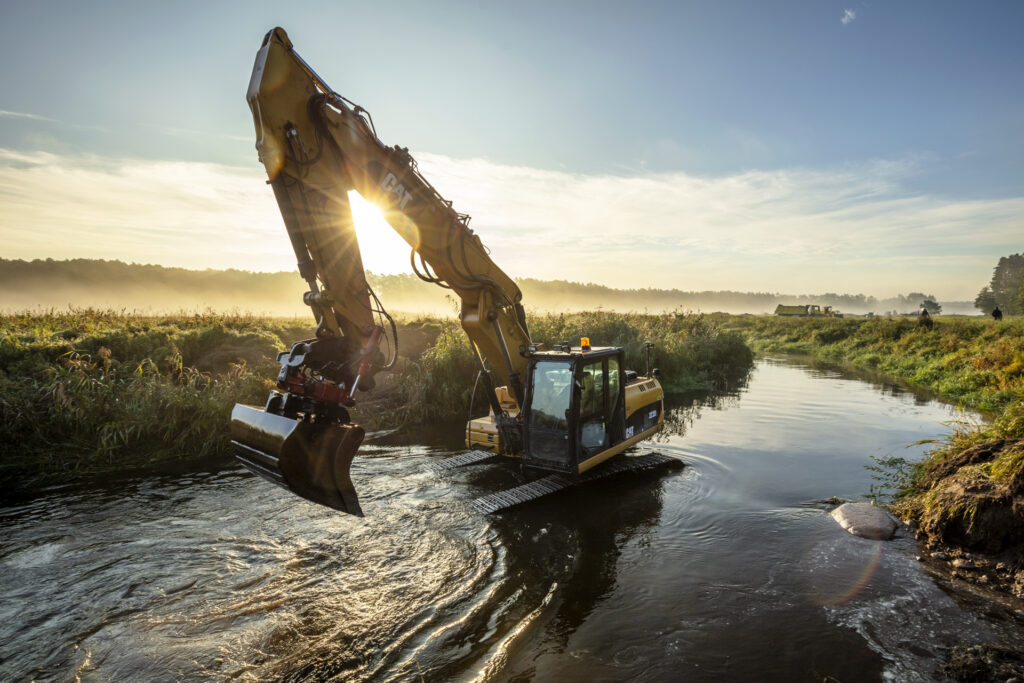
Neil Aldridge / Rewilding Europe
Riparian restoration
In late October, the Oder Delta rewilding staff adopted up on their riverbed restoration efforts by planting round 100 willow saplings alongside the Ina. This was carried out in collaboration with a number of Polish NGOs, in addition to volunteers from a close-by city and village.
Riverside bushes present quite a few advantages. They can assist the self-cleaning technique of a catchment space by capturing nutrient run-off. In addition they create niches for mosses and aquatic lichens, and habitat for birds and bugs, which helps to reinforce biodiversity. Tree roots stabilise riverbanks and scale back erosion. And the partial shading of rivers by bushes, when mixed with the addition of gravel and stone piles, additionally helps to stabilise the temperature of the water, which might profit a variety of wildlife species, significantly fish. In river valleys akin to that of the Ina, bushes additionally act as a pure flood barrier.
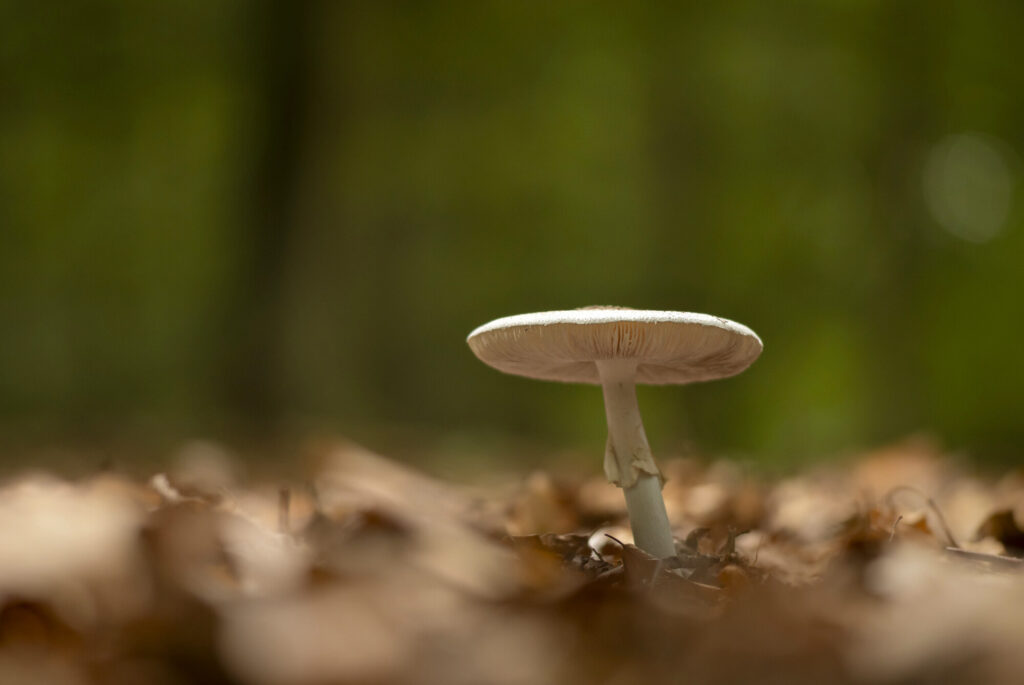
Neil Aldridge / Rewilding Europe
Scaling up
The rewilding staff plan to proceed rewilding efforts alongside the Ina and different rivers on the Polish aspect of the delta in 2024. In addition they need to develop a monitoring programme, which might assess the useful influence of their work.
“This may show that our actions make sense and assist to scale up rewilding measures throughout the area,” says Artur Furdyna. “Finally we wish to see related restoration carried out as a part of common upkeep work alongside a number of rivers and their environment within the Oder Delta. Carried out on such a cross-border scale, this could actually amplify the advantages for individuals and nature.”
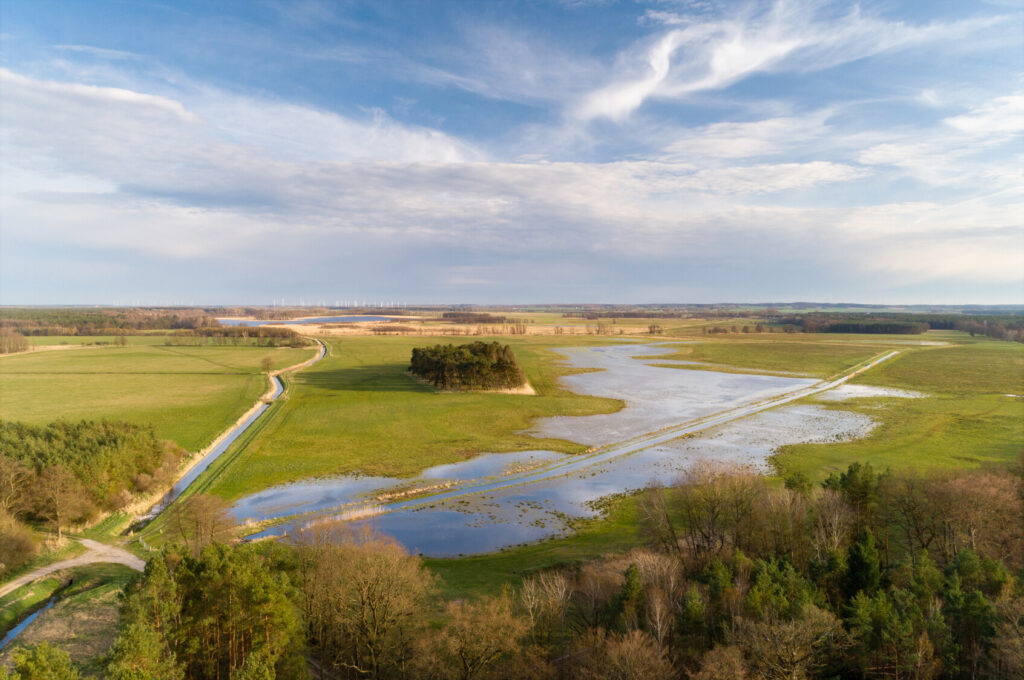
Florian Möllers / Rewilding Europe
Invaluable help
Rewilding Europe’s work in our rewilding landscapes is supported by a variety of extremely valued companions. We might significantly prefer to acknowledge these offering core funding – notably the Ecological Restoration Fund, the Dutch Postcode Lottery, WWF-Netherlands, and Arcadia. Their longstanding help performs a crucial function in enabling us to ship and scale up rewilding influence.
Wish to know extra?
This weblog is taken from an extended story entitled “Rewilding with out borders”, which featured within the Rewilding Europe Annual Evaluation 2023.
Obtain a PDF of the story Or take a look at our Annual Evaluation 2023







:max_bytes(150000):strip_icc():format(webp)/TAL-Backpacker-BUDGET0323-eeaf531276694f93966baa8fbcd2730d.jpg?w=218&resize=218,150&ssl=1)



:max_bytes(150000):strip_icc():format(webp)/TAL-Backpacker-BUDGET0323-eeaf531276694f93966baa8fbcd2730d.jpg?w=100&resize=100,70&ssl=1)






